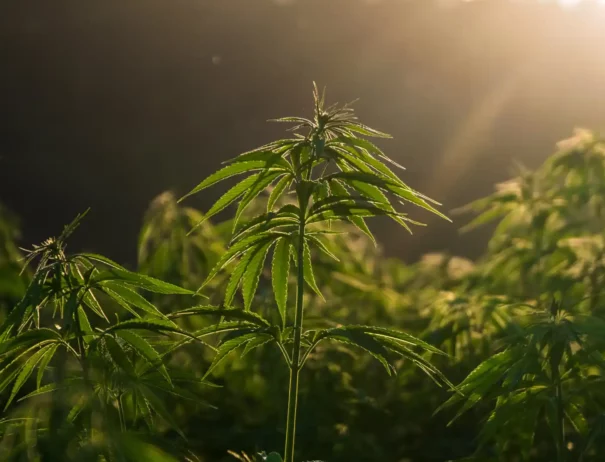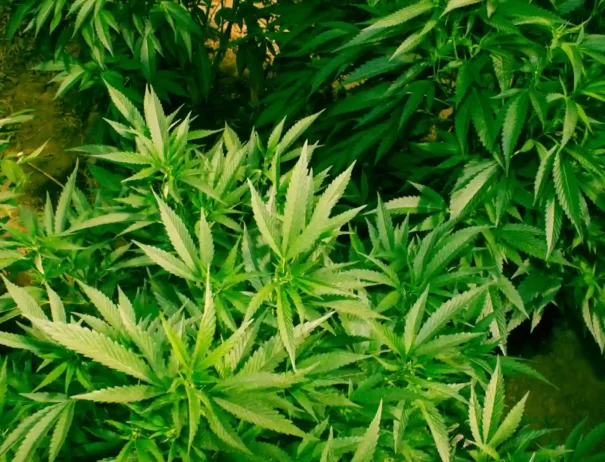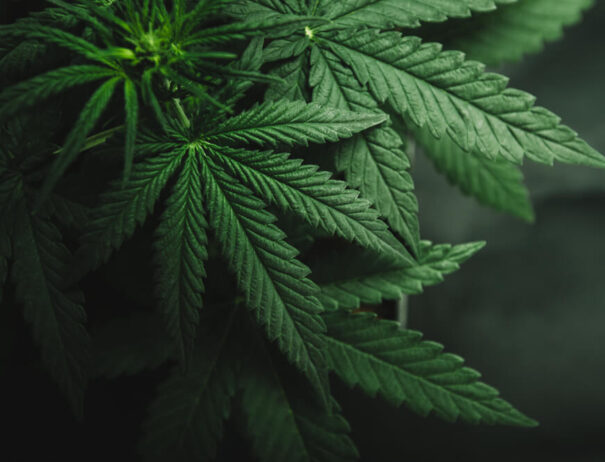Efficient and Sustainable Practices Redefine Modern Cannabis Cultivation
Many gardeners and cultivators happily share essential tips and tricks of the trade with novice growers. However, the real secrets of a gardener’s success are often kept secret, leaving people to wonder how that squash grew so big or why those roses smell so luxurious.
Cannabis cultivators are no different. Many have closely guarded secrets and techniques they use to create unique strains, maximize bud production, and increase THC or CBD concentrations. At first, the need for secrecy was obvious: marijuana was an illegal substance. Growers had no choice but to cultivate in small and undetectable locations to evade police and government detection. However, as cannabis moves into the mainstream and more states legalize recreational and medicinal marijuana, the secretive nature of cultivators seems to remain largely intact.
Is the industry’s move toward more sustainable growing practices and new technology a sign that the days of covert cultivation are over? With more people attuned to sustainability and efficiency, the key to healthier plants and a healthier environment may be that cultivation insiders share knowledge and work together.
The Evolution of Cannabis Cultivation
Only recently has cannabis become a legal cash crop. Long before states legalized medicinal and recreational cannabis, cultivators worked in secret. They hid in plain sight, growing marijuana in state parks and on federal land, hoping the remoteness of their location protected them from detection. Others worked in secret, converting small basement spaces into marijuana grow operations. Marijuana was an underground commodity. As an illegal substance, growers couldn’t risk talking to each other about cannabis strains, plant varieties, ideal growing conditions, or cultivation techniques.
The marijuana industry significantly changed when states like Colorado and Washington moved to legalize recreational cannabis. As more states embraced the legalization movement, cannabis cultivation exploded. However, the secretive nature of the business remained. For many, talking with other growers about cultivation techniques, soil conditions, lighting frameworks, and ventilation systems was taboo.
It was also preferable to keep cultivation secrets close to the vest. Many cannabis enthusiasts share an affinity for protecting the planet by using sustainable practices and eco-friendly products. What most consumers do not realize, especially while the cannabis cultivation boom is in its infancy, is that cannabis cultivation is a massive energy and resource drain.
Cannabis grow operations have become extremely advanced. Utilizing greenhouses and growing plants indoors results in higher yields, more potent buds, and better security. It also means a cultivator can grow cannabis year-round in places like Colorado and Canada without worrying about harsh weather conditions halting operations.
The downside is that indoor operations tend to use a lot of electricity. A study found in California and Washington, cannabis-related power consumption accounts for almost three percent of the state’s total power usage. Cannabis grow facilities also need about 40 times the power to grow cannabis than is required to grow other leafy greens like lettuce. Another study suggests that growing one pound of cannabis indoors produces more carbon emissions than a flight between Tokyo and San Francisco.
The Science of Cannabis Cultivation Is Evolving
Understanding the cannabis industry’s environmental impact is vital. Because cannabis growers as a group tend to be protective of the environment, the industry will likely be willing to incorporate new sustainable technologies and practices to reduce environmental harm. The growing need for the industry to be more environmentally responsible is pushing cultivators to discuss their growing practices more openly. Breaking the taboo and communicating about technology and unique techniques is helping the cultivation industry grow and change. A renewed push from consumers for more eco-friendly products is also moving the cannabis industry toward more sustainable practices.
One way cannabis cultivators are lowering their carbon footprint is by turning to AI technology for help. Artificial intelligence programs and automation make the industry more efficient and streamline operations while exerting more control over growing conditions. AI technology can help cultivators control everything from lighting to climate conditions and irrigation. Along the way, many programs can tweak conditions and shift operations to meet ideal growing conditions, improving efficiency and reducing waste. It’s a win for cultivators and the environment.
Growers are also looking to renewable energy sources to help manage their carbon footprint. Solar panels and wind turbines can help provide clean and sustainable power while supplementing the operations’ energy needs. One cannabis company in Maryland claims to have the only energy-independent cannabis cultivators and dispensaries in the U.S., relying on solar power for its operations.
Some states and municipalities even offer incentive programs to encourage cannabis growers to be eco-friendly. In Boulder, Colorado, the local cannabis industry is moving towards a net zero carbon emissions goal. Since the program’s launch in 2020, 29 percent of cannabis cultivators in unincorporated Boulder County have completed the certification to avoid using fossil fuels. One company even reports a 70 percent reduction in carbon emissions and a 25 percent increase in energy productivity.
In Arizona, some cultivators combat climate and resource challenges by developing a unique aeroponic marijuana growing method that involves growing plants without soil. Instead, aeroponics delivers nutrients and oxygen directly to the plant’s roots, conserving water and space. One company estimates its facility uses only 11,333 gallons of water weekly for its aeroponics system. Most operations say you need at least six gallons of water per plant per day for a quality marijuana crop. For a large-scale operation, that is significant.
With continued innovation in the cannabis growing space, the industry finds itself in a more sustainable and positive place. Adopting modern technology and shying away from traditional sources of fuel and energy means the cannabis industry can steer away from secretive cultivation practices and forge a new tradition of cooperation and sustainability.
Are you interested in learning more about sustainability in the cannabis industry or other topics? Bookmark Cannabutter Digest for more news, recipes, and product reviews.

Get Your Free eBook!
Download our FREE resource, The Ultimate Edibles Guidebook, full of recipes, infusion tips and everything you need to make your first batch of edibles today!



